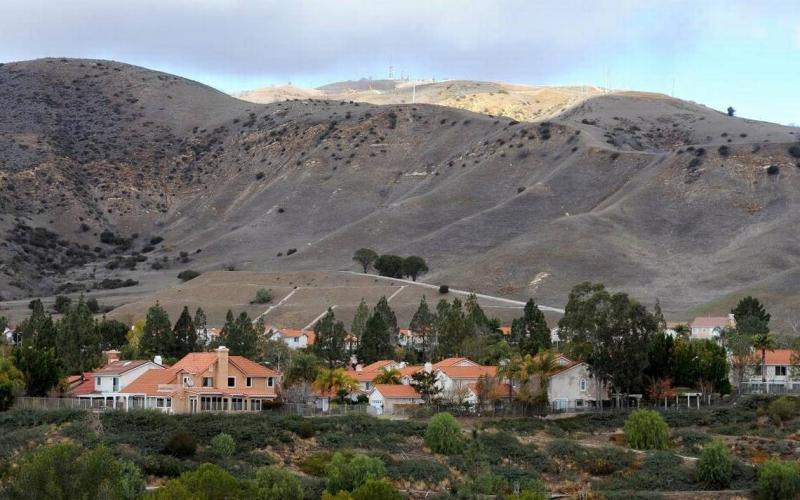Earlier this year, Southern California Gas Company was ordered to permanently seal an Aliso Canyon well near Los Angeles that spewed 107,000 tons of natural gas over 16 weeks — making it the biggest methane release in U.S. history.
Last week, regulators announced $75,000 in penalties against another energy company operating in the Aliso Canyon Oil Field for gas emissions. These charges, however, are for intentionally releasing climate-changing gases.
The California Division of Oil, Gas and Geothermal Resources announced three civil penalties against Termo Co. — a Long Beach-based oil and gas company — including “unreasonable waste of gas, improper disposal of oil field waste and failure to maintain and monitor production facilities,” reports the Los Angeles Times. Each charge carries a fine of $25,000.
The gases were discovered with an infrared camera during a fly-over of SoCalGas’ leak by the Jet Propulsion Laboratory and South Coast Air Quality Management District on Jan. 23.

The Porter Ranch neighborhood is at the foothills of the Aliso Canyon facility. (AP Photo)
“Someone clearly made an effort to conceal the pipe, because even though we knew from aerial readings where it was generally, our field staff had to search carefully before finding it behind a tree,” said Ken Harris, state oil and gas supervisor, in a news release.
When the inspectors returned to the site on Jan. 28, however, the pipe was dismantled.
Furthermore, the release states, “Once the pipeline was discovered, [the] Operator destroyed the evidence of its existence before division personnel could fully inspect it. The brazen nature of this violation shows that [the] Operator held little to no regard for the statues and regulations or, more importantly, public health and safety.”
A Termo employee countered that the gas was being vented because the company was unable to transport its gas to the SoCalGas storage facility, due to a suspension all natural gas injections. The suspension will continue until SoCalGas has all of its Aliso Canyon wells inspected.
Inspectors aren’t sure how long Termo was venting gas from this pipe, but “if it weren’t for the aerial surveillance, the illegal discharge could have continued indefinitely,” said Harris.
Do you think it’s fair to charge Termo Co. with improperly venting its natural gas? Comment below or tweet @KatieeMohr.
Filed Under: Infrastructure




